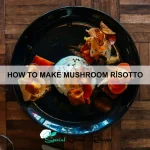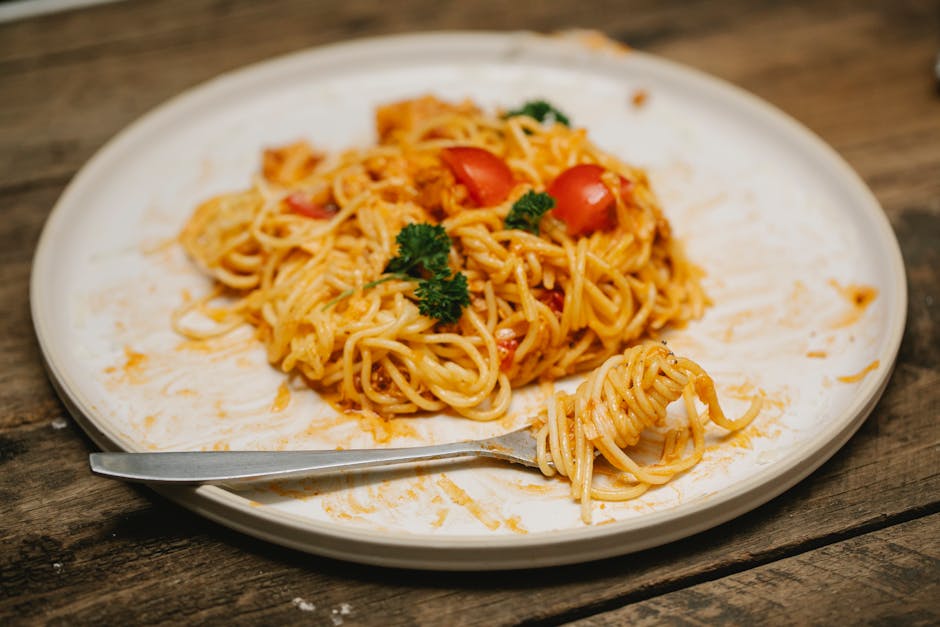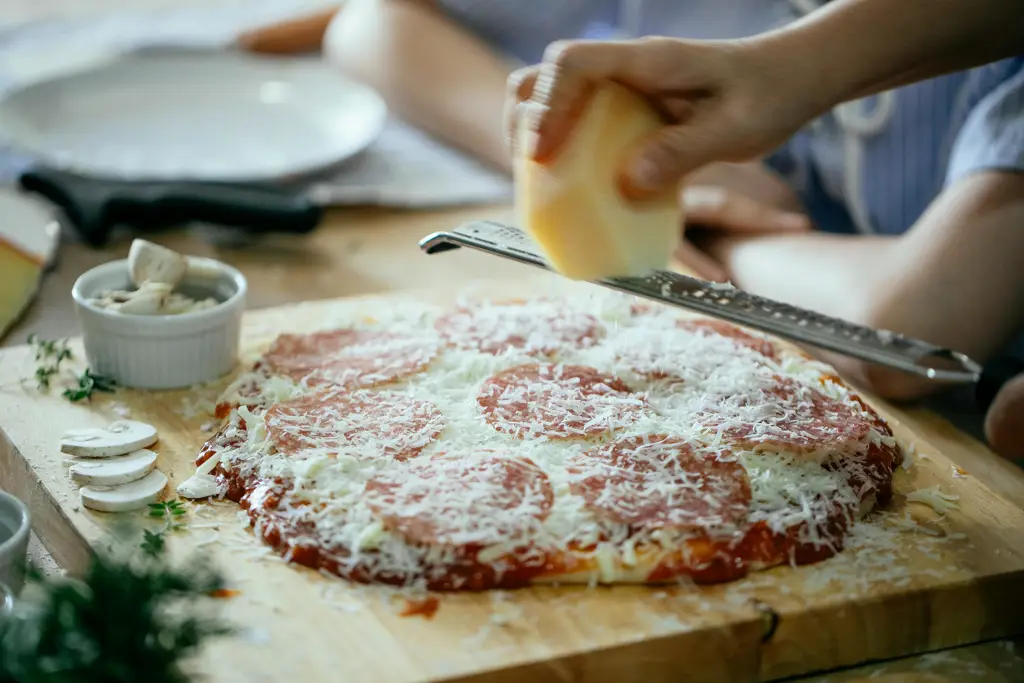Grilled chicken, a culinary staple across the globe, boasts a history as rich and varied as its preparation methods. While pinpointing its exact origin is impossible, evidence suggests that the practice of grilling meat dates back millennia, with archaeological findings indicating early forms of grilling in various ancient civilizations. The simplicity of grilling – essentially cooking over an open flame – made it a practical method for preparing food long before sophisticated cooking techniques emerged. Its popularity stemmed from its efficiency and the delicious smoky flavor it imparted to the meat. Today, chicken, a readily available and versatile protein source, reigns supreme in many grilled dishes.
Pesto, on the other hand, has a more specific and recent origin, tracing its roots back to Genoa, Italy. This vibrant green sauce, traditionally made with basil, pine nuts, garlic, Parmesan cheese, and olive oil, is believed to have emerged sometime in the late 19th or early 20th century, gaining popularity throughout Italy and eventually spreading internationally. Its popularity is unsurprising; the combination of fresh, herbaceous basil and nutty pine nuts creates a complex and intensely flavorful sauce that complements a wide array of dishes. Interestingly, the exact proportions and ingredients of pesto can vary significantly depending on regional preferences and family recipes, making it a truly adaptable culinary creation.
The combination of grilled chicken and pesto represents a beautiful marriage of culinary traditions. The simplicity of grilled chicken, a method used across cultures for centuries, perfectly complements the rich and complex flavors of pesto, a relatively modern culinary invention born from the fertile lands of Italy. This dish embodies a global culinary fusion, showcasing how diverse cooking traditions can seamlessly blend to create something both familiar and exciting. In fact, according to recent surveys, chicken is the most consumed meat in the United States, accounting for approximately 35% of all meat consumption, highlighting its widespread appeal. The addition of pesto elevates this already popular dish, providing a flavorful and healthy meal option that continues to gain popularity worldwide.
Ingredients and Measurements
This recipe yields approximately 4 servings of delicious grilled chicken with pesto. The quantities can be easily adjusted to suit your needs; just remember to maintain the relative proportions of ingredients for optimal flavor.
For the Chicken:
- 1.5 lbs boneless, skinless chicken breasts (approximately 4 large breasts). Choose chicken breasts that are uniformly sized for even cooking. Thicker breasts might require slightly longer grilling time.
- 1 tbsp olive oil. Use a high-quality extra virgin olive oil for the best flavor.
- 1 tsp salt. Adjust to your taste preference, keeping in mind that the pesto will also add saltiness.
- 1/2 tsp black pepper, freshly ground. Freshly ground pepper offers a superior flavor compared to pre-ground.
For the Pesto: (While you can use store-bought pesto, making your own is highly recommended for a fresher, more vibrant flavor.)
- 2 cups fresh basil leaves, packed. Use only fresh basil for the best pesto. Frozen basil will result in a less flavorful and less vibrant green pesto.
- 1/2 cup grated Parmesan cheese. Use freshly grated Parmesan for the best flavor and texture. Pre-grated often contains cellulose.
- 1/4 cup pine nuts (or walnuts as a substitute). Toasting the pine nuts before adding them to the pesto enhances their flavor considerably. Toast them lightly in a dry pan until fragrant.
- 2 cloves garlic, minced. Use fresh garlic for the best flavor.
- 1/2 cup extra virgin olive oil. Use a good quality olive oil; the flavor will be prominent in the pesto.
- 1/4 tsp salt. Adjust to your taste; remember the chicken is also seasoned separately.
- 1/8 tsp black pepper, freshly ground.
Optional additions: You can customize your pesto by adding a pinch of red pepper flakes for a touch of heat, or a squeeze of lemon juice for brightness. For a creamier pesto, add a tablespoon or two of heavy cream.
Important Note: Ensure all ingredients are at room temperature before starting. This helps with even cooking and prevents the chicken from becoming dry.
Equipment and Utensils
Grilling delicious chicken with pesto requires the right tools. Having everything prepared beforehand ensures a smooth and efficient cooking process. Let’s delve into the specifics of the equipment and utensils you’ll need.
Grill: You’ll need a grill, either gas, charcoal, or even a grill pan for indoor cooking. Gas grills offer precise temperature control, ideal for achieving perfectly cooked chicken. Charcoal grills impart a smoky flavor, adding another dimension to the dish, but require more attention to temperature management. If using a grill pan, ensure it’s well-seasoned to prevent sticking. Regardless of your choice, make sure your grill is clean before starting.
Grill Tools: A good set of grill tools is essential. This includes tongs for safely flipping and maneuvering the chicken, a spatula for assisting with flipping and checking for doneness, and a long-handled grill brush for cleaning the grill grates before and after cooking. A meat thermometer is absolutely crucial for ensuring the chicken reaches a safe internal temperature of 165°F (74°C). Don’t rely solely on visual cues; using a thermometer guarantees food safety.
Prep Utensils: Before you even fire up the grill, you’ll need some essential prep tools. A large bowl is necessary for marinating the chicken in the pesto. A whisk or fork will help you evenly coat the chicken. You’ll also need a cutting board and a sharp knife for preparing any additional vegetables you might want to grill alongside the chicken. Measuring spoons and cups are needed for accurate ingredient measurements. Consider using disposable gloves if you prefer not to get pesto on your hands.
Serving Utensils: Once the chicken is cooked, you’ll need serving utensils to present your culinary masterpiece. Serving tongs or a serving spatula will help transfer the chicken from the grill to a platter. A platter large enough to hold the grilled chicken is also essential. Finally, consider having oven mitts or grill gloves readily available to protect your hands from burns.
Optional but Recommended: A grill cover will protect your grill from the elements when not in use. Aluminum foil can be used to create a makeshift drip pan to catch any excess grease or marinade dripping from the chicken during grilling, keeping your grill cleaner.
Chicken Preparation (Marination/Seasoning)
The success of your grilled pesto chicken hinges heavily on proper preparation. This involves selecting the right chicken and marinating it effectively to ensure juicy, flavorful results. We recommend using boneless, skinless chicken breasts or thighs, as they cook evenly and are less prone to drying out on the grill. For this recipe, we’ll use about 1.5 lbs (approximately 4 chicken breasts) of chicken.
Begin by trimming any excess fat from the chicken. This step prevents flare-ups on the grill and ensures even cooking. Next, cut the chicken into roughly 1-inch thick pieces. This helps them cook faster and more uniformly, resulting in a more tender final product. If using larger pieces, consider pounding them slightly to an even thickness with a meat mallet to ensure consistent cooking.
Now, let’s prepare the marinade. This is where the pesto truly shines. For this recipe, we’ll use a generous amount – approximately ½ cup of high quality store-bought or homemade pesto. Choose a pesto with a good balance of basil, garlic, and pine nuts for the best flavor. If your pesto is particularly thick, you may want to thin it slightly with 1-2 tablespoons of olive oil to ensure even coating.
In a large bowl, combine the pesto with the chicken pieces. Make sure each piece of chicken is thoroughly coated with the pesto mixture. Use your hands or tongs to gently toss and ensure complete coverage. This is crucial for infusing the chicken with the delicious pesto flavor.
Once the chicken is evenly coated, cover the bowl and refrigerate for at least 30 minutes, or preferably 2-4 hours. A longer marinating time allows the flavors to penetrate the chicken more deeply, resulting in a more flavorful and tender final product. However, marinating for more than 4 hours is generally not recommended as it can make the chicken too soft and mushy.
Before grilling, remove the chicken from the refrigerator and let it sit at room temperature for about 15 minutes. This helps ensure even cooking and prevents the chicken from becoming cold in the center while grilling. Now your chicken is ready for the grill! Remember to preheat your grill to medium heat before placing the chicken on the grates.
Pesto Preparation (if making from scratch)
Making your own pesto elevates the grilled chicken to a whole new level. It’s surprisingly easy and allows you to control the ingredients and freshness. For this recipe, we’ll be making a classic basil pesto, but feel free to experiment with variations later!
Ingredients:
- 2 cups fresh basil leaves, packed
- 1/2 cup grated Parmesan cheese (Use good quality Parmesan for the best flavor)
- 1/4 cup pine nuts (Toasted pine nuts add a richer flavor. Toast them lightly in a dry pan until fragrant, being careful not to burn them.)
- 2 cloves garlic, minced
- 1/2 teaspoon salt
- 1/4 teaspoon black pepper
- 1/2 cup extra virgin olive oil (Use a good quality olive oil; it makes a significant difference in the taste of the pesto.)
Instructions:
Step 1: Prepare the Ingredients. Wash and thoroughly dry the basil leaves. This is crucial to prevent your pesto from becoming watery. Grate the Parmesan cheese, mince the garlic, and toast the pine nuts (if desired).
Step 2: Combine in a Food Processor. Add the basil leaves, Parmesan cheese, pine nuts, garlic, salt, and pepper to a food processor. Pulse several times until the ingredients are coarsely chopped. Don’t over-process; you want some texture remaining.
Step 3: Slowly Add the Olive Oil. With the food processor running, slowly drizzle in the olive oil. This gradual addition helps to emulsify the pesto and create a smooth, creamy consistency. Process until the pesto is well combined but still slightly chunky.
Step 4: Taste and Adjust. Taste the pesto and adjust the seasoning as needed. You might want to add more salt, pepper, or a touch of lemon juice for brightness. Store any leftover pesto in an airtight container in the refrigerator. It will keep for about 3-5 days. A thin layer of olive oil on top helps prevent browning.
Professional Tip: For an even richer flavor, consider adding a tablespoon or two of grated Pecorino Romano cheese along with the Parmesan.
Grilling Techniques (Heat Control, Cooking Time)
Mastering heat control and cooking time is crucial for perfectly grilled chicken. Overcooked chicken is dry and tough, while undercooked chicken is unsafe. For this pesto-grilled chicken recipe, we’ll aim for juicy, tender results with beautifully charred grill marks.
Heat Control: The ideal grilling temperature for chicken breasts is medium-high heat. This allows for a good sear to develop while ensuring the inside cooks through evenly. To gauge your grill’s temperature, hold your hand about 6 inches above the grates. If you can comfortably hold it there for 4-5 seconds, it’s medium-high heat. If you can only hold it for 2 seconds, it’s high heat, and you might need to reduce it a bit by adjusting the vents or burners. If you can hold it for longer than 5 seconds, it’s medium or low heat and you’ll need to increase the heat.
Important Note: Always preheat your grill for at least 10-15 minutes before placing the chicken on the grates. This ensures even heat distribution and prevents sticking.
Cooking Time: The cooking time for chicken breasts varies depending on their thickness. For 1-inch thick chicken breasts, you should plan on approximately 6-8 minutes per side. For thicker breasts (1.5 inches or more), you may need 8-10 minutes per side. To ensure they are cooked through, use a meat thermometer. The internal temperature should reach 165°F (74°C). Don’t rely solely on visual cues; a thermometer guarantees food safety.
Technique: Before placing the chicken on the grill, lightly oil the grates to prevent sticking. Place the chicken breasts on the preheated grill, ensuring they are not overcrowded. Overcrowding lowers the grill temperature and results in uneven cooking. Allow the chicken to sear undisturbed for the first 3-4 minutes to develop those beautiful grill marks. Then, use tongs to carefully flip the chicken breasts. Continue grilling, monitoring the internal temperature with a meat thermometer.
Tip for Even Cooking: For extra-thick chicken breasts, consider partially cooking them in a skillet on the stovetop before transferring them to the grill. This helps ensure even cooking and prevents the outside from burning before the inside is cooked through.
Resting: Once the chicken reaches 165°F (74°C), remove it from the grill and let it rest for 5-10 minutes before slicing. This allows the juices to redistribute, resulting in a more tender and flavorful chicken breast. Never cut into the chicken immediately after grilling, as this will cause the juices to escape, leaving you with dry meat.
By following these guidelines on heat control and cooking time, you’ll consistently achieve perfectly grilled chicken breasts every time, ready to be topped with your delicious pesto!
Checking for Doneness
Ensuring your grilled chicken is cooked through to a safe internal temperature is crucial. Undercooked chicken can harbor harmful bacteria, so accurate temperature checking is paramount. Avoid relying solely on visual cues like color, as these can be misleading.
The best way to check for doneness is using a reliable food thermometer. Aim for an internal temperature of 165°F (74°C) in the thickest part of the chicken breast or thigh. Insert the thermometer into the meatiest area, avoiding bone contact, to get an accurate reading. Don’t just stick it in the surface; you need to penetrate deep enough to reach the center.
If you don’t have a thermometer, you can use the touch test as a secondary method, but this is less reliable. Gently press the chicken with your finger. Cooked chicken will feel firm and spring back slightly when pressed, whereas undercooked chicken will feel soft and give easily. However, this method is subjective and prone to error, so it is best used in conjunction with a thermometer or as a last resort.
For a 1-pound chicken breast, grilling time will typically range from 8-12 minutes per side, depending on the thickness of the cut and the heat of your grill. For chicken thighs, which are generally thicker, you might need 10-15 minutes per side. Remember that these are estimates; always use a thermometer to confirm doneness regardless of grilling time.
Avoid overcooking. Overcooked chicken will be dry and tough. Once the chicken reaches 165°F (74°C), remove it immediately from the grill to prevent further cooking. Let it rest for 5-10 minutes before slicing and serving. This resting period allows the juices to redistribute, resulting in more tender and flavorful chicken.
If you’re grilling multiple chicken pieces, it’s helpful to use a meat thermometer for each piece. Chicken breasts and thighs can cook at different rates, and ensuring each piece reaches the safe internal temperature is vital for food safety. Never compromise on food safety; always check the temperature.
Finally, remember that the grill temperature can fluctuate. Keep a close eye on your chicken and use the thermometer frequently to ensure it’s cooking evenly and reaching the safe temperature. A little patience and attention to detail will guarantee perfectly cooked and delicious grilled chicken with pesto.
Recommendations
For the most flavorful grilled chicken with pesto, marinate the chicken for at least 30 minutes, or up to 4 hours in the refrigerator. This allows the pesto to penetrate the meat, resulting in a more intensely flavored and juicy final product. Don’t be afraid to experiment with different types of pesto – sun-dried tomato pesto or a spicy arugula pesto can add exciting variations.
Serving Suggestions: This grilled chicken is incredibly versatile. Serve it on its own with a simple side salad for a light meal, or pair it with your favorite sides. It’s delicious served over pasta, rice, quinoa, or couscous. Consider adding roasted vegetables like asparagus, zucchini, or bell peppers to round out the meal.
Complementary Dishes: The earthy flavors of pesto pair beautifully with many dishes. Consider serving it with a creamy polenta, a fresh Caprese salad, or a vibrant Mediterranean-style vegetable medley. A simple lemon-herb risotto would also be a delicious accompaniment.
Storage: Leftover grilled chicken with pesto can be stored in an airtight container in the refrigerator for up to 3 days. Ensure the chicken is thoroughly cooled before refrigerating to prevent bacterial growth. You can also freeze the chicken for longer storage; freeze it in individual portions for easy reheating.
Nutritional Information (per serving, approximate): The exact nutritional content will vary depending on the ingredients used and serving size. However, a typical serving of grilled chicken breast with pesto might contain approximately 250-350 calories, 30-40g protein, 10-15g fat, and 5-10g carbohydrates. This is an estimate, and it’s recommended to use a nutrition calculator for a more precise analysis based on your specific recipe and ingredients.
Important Note: Always ensure your chicken is cooked to an internal temperature of 165°F (74°C) to ensure it is safe to eat. Use a meat thermometer to check the temperature in the thickest part of the chicken breast.





